The Application Lifecycle
(Note: This post is part of a multi-part series on the CTD this fall)
An NDA or BLA is not a static document; rather, it is a living collection of information that evolves through the lifecycle of the drug. In the earliest lifecycle phases (before a drug has been approved), the application is taking shape as the Investigational New Drug (or IND) application. The IND stage contains the Quality and Safety information available at this stage, which is not necessarily the complete information needed for the NDA/BLA. Generally, the next stage is the actual market approval application, but the lifecycle doesn’t end there. The changes or additions will generally occur in the Quality or Efficacy sections. A sponsor will make submissions to meet post approval commitments for additional data (stability data and pharmacovigilance reports for example). The Chemistry, Manufacturing, and Controls information rarely stays static over time as packaging components and excipients can change due to vendor changes or issues, routine can reveal new data about risks that need mitigation, and manufacturing facilities may be added or changed to keep up with market demand or support filings in other jurisdictions. Additional data affecting patient safety may lead to new labeling requirements which means another submission. Each submission must be managed under the oversight of the sponsor’s Quality system to ensure any change is evaluated for risk and impact in the context of the whole application. More information about this lifecycle concept may be found in the guidance for the CTD modules or in the ICH Quality guidelines, particularly Q12, Lifecycle Management.
Reach out to me if you want to know more or discuss your medical product development challenges.
https://calendly.com/katrinarogers
Text Copyright © 2019 Katrina Rogers
Follow the links below to read each part of the series.
Electronic Regulatory Submissions Part 1
Electronic Regulatory Submissions Part 2
Electronic Regulatory Submissions Part 3
Electronic Regulatory Submissions Part 4
Electronic Regulatory Submissions Part 5
Electronic Regulatory Submissions Part 6
Electronic Regulatory Submissions Part 7
Electronic Regulatory Submissions Part 8
Electronic Regulatory Submissions Part 9
Electronic Regulatory Submissions Part 10
Electronic Regulatory Submissions Part 11
Electronic Regulatory Submissions Part 12
Electronic Regulatory Submissions Part 13
